13 Simple 'Deskercises' to Combat Sitting Disease at Work
Your desk job powers the world, but hours glued to the screen wage war on your body, leading to the dreaded "sitting disease." Forget guilt-trips and complex gym routines! We've curated 13 ingenious 'deskercises' – simple, subtle movements you can weave into your workday without breaking a sweat (or workplace etiquette). These aren't your average stretches; they're micro-interventions designed to boost energy, banish stiffness, sharpen focus, and reclaim your well-being, one clever move at a time. Turn your workstation into a launchpad for better health and combat sedentary risks right from your chair!
1. The Outlook Optimizer (Neck Relief)
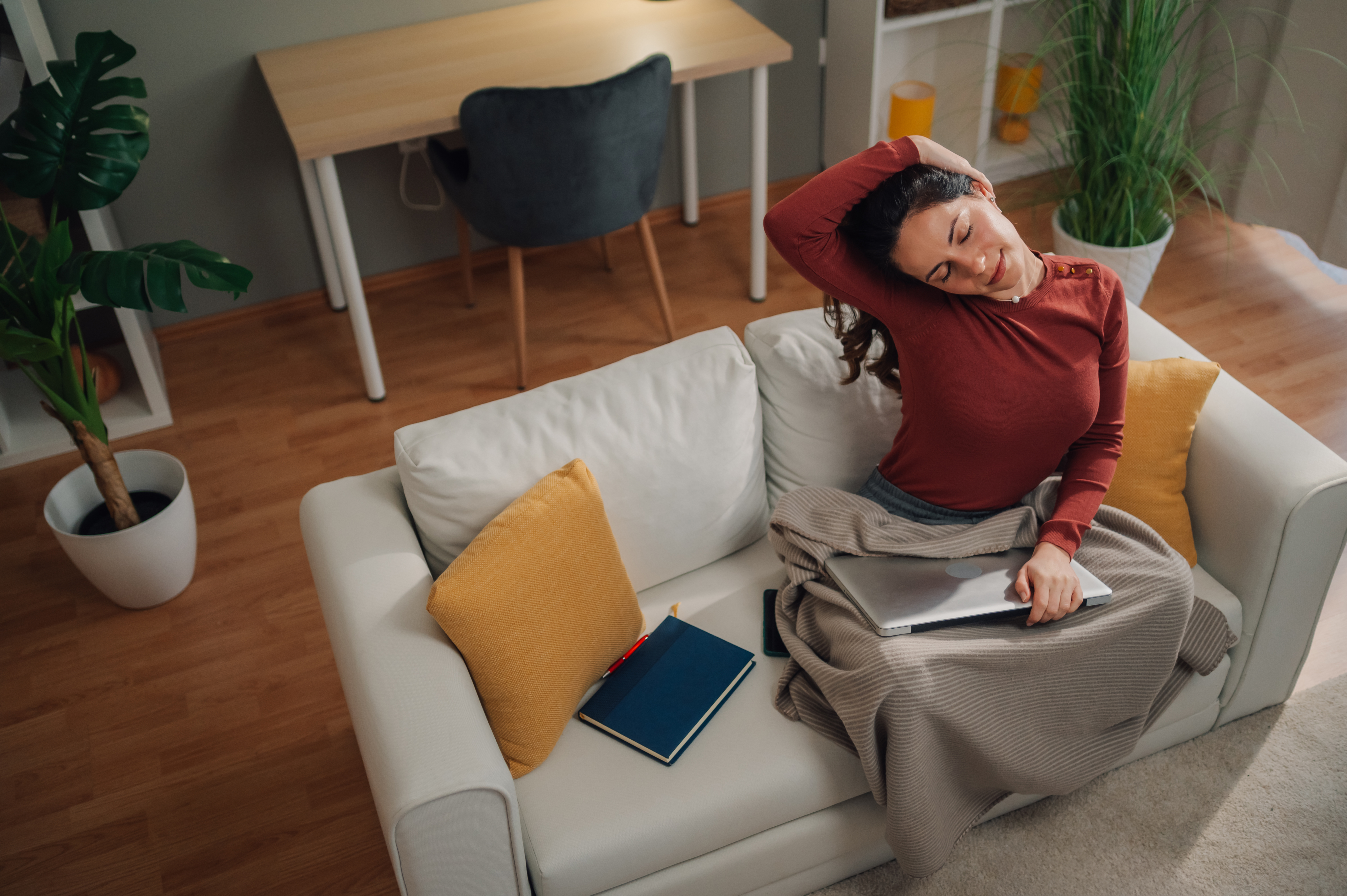
Staring at screens creates neck tension that radiates. Reclaim comfortable focus with this gentle move. Sit tall, relax your shoulders. Slowly tilt your right ear towards your right shoulder, feeling a mild stretch on the left side. Hold for 15-20 seconds. For a deeper stretch, gently apply light pressure with your right hand on your head (avoid pulling!). Repeat on the left side. Follow with slow chin-to-chest tucks and gentle head rotations (ear-to-shoulder) to fully mobilize those tight neck muscles and improve your physical outlook. Perform several times daily.
2. The Deadline Destroyer Shrug (Shoulder De-Stressor)

Stress often camps out in our shoulders. Evict it with this simple shrug. Inhale deeply and lift both shoulders straight up towards your ears, squeezing tightly for a moment. Hold that peak tension for 1-2 seconds. Exhale completely, letting your shoulders drop down fully, releasing all the built-up tension. Repeat 5-10 times. Follow up with slow shoulder rolls – 5 backward, 5 forward – to further loosen the area. This quick reset helps dissolve tightness accumulated during high-pressure tasks and resets your posture.
3. The Keyboard Kinetizer (Wrist & Forearm Fix)
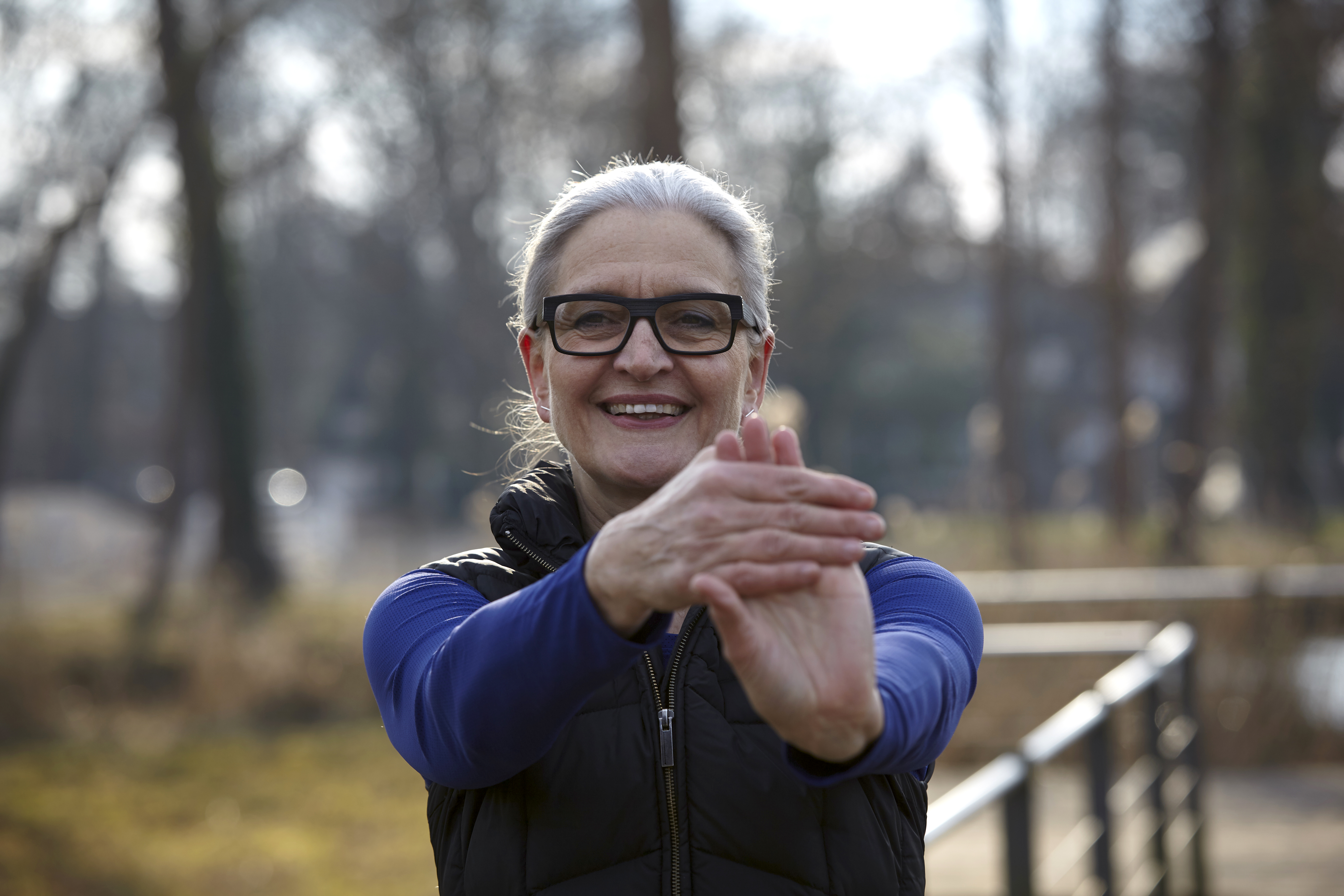
Hours of typing demand nimble wrists and forearms. Prevent stiffness and strain with these mobilizers. Extend your arms forward. Make gentle fists and slowly circle your wrists 10 times clockwise, then 10 times counter-clockwise. Next, extend one arm, palm facing up. Gently bend your wrist down with your other hand, feeling a stretch in the forearm (hold 15s). Then, flip your palm down and gently bend the wrist down again (hold 15s). Repeat on the other arm. Essential maintenance for anyone keyboard-bound.
4. The Spinal Spreadsheet Stretch (Seated Twist)
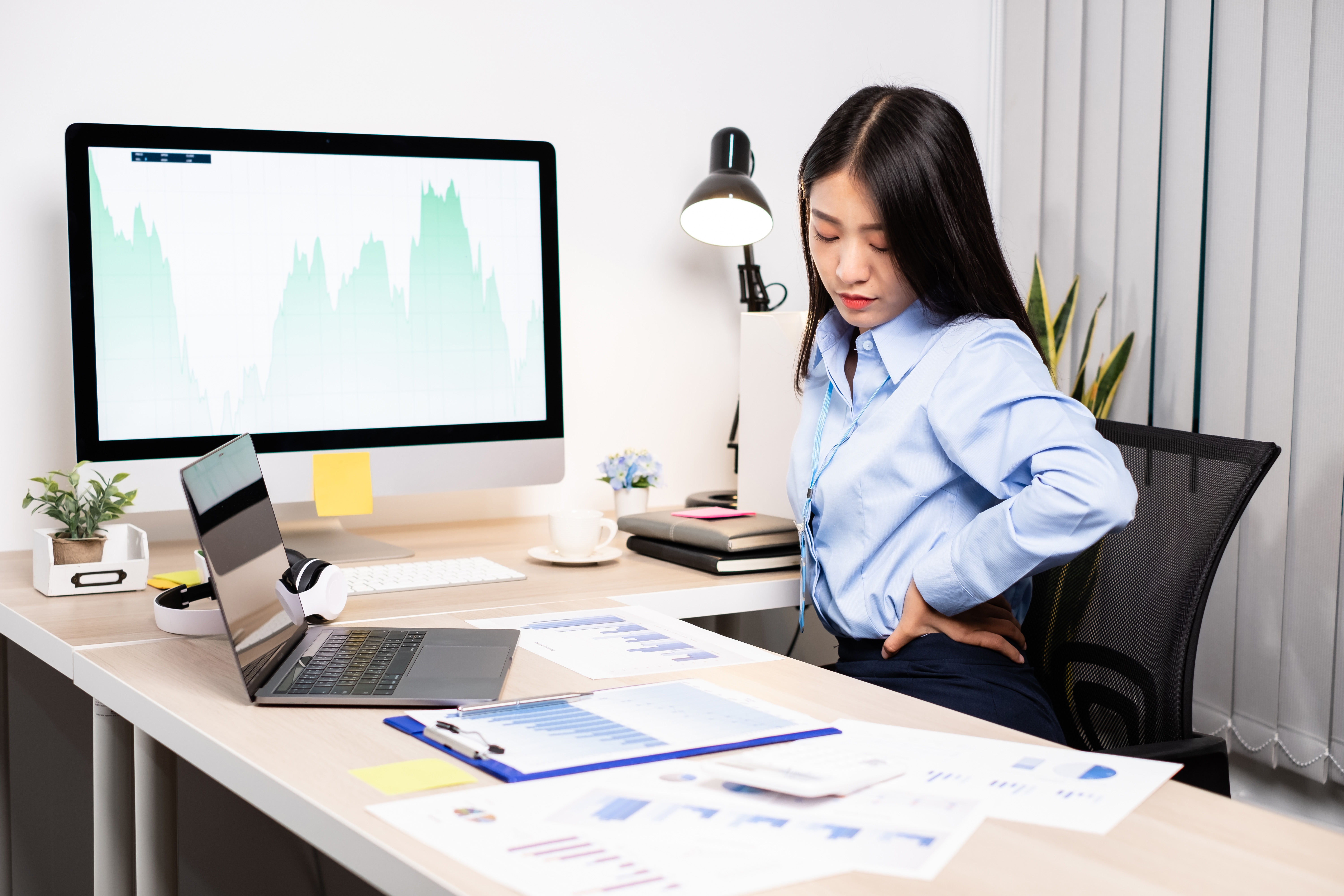
Sitting compresses the spine. Unwind and re-energize with a gentle twist. Sit tall at the edge of your chair, feet flat. Place your right hand on the outside of your left knee and your left hand on the chair back or seat behind you. Inhale to lengthen your spine, exhale and gently twist your torso to the left, using your hands for light leverage. Keep your hips facing forward. Hold for 20-30 seconds, breathing steadily. Slowly unwind and repeat on the other side. Great for releasing back tension and improving spinal mobility.
5. The Glute Goal-Getter (Hip & Glute Stretch)

Tight hips and glutes are a common side effect of sitting. Open them up with this effective stretch. While seated, cross your right ankle over your left knee, creating a figure-four shape. Keep your back straight. If you feel a stretch already, hold here. For more intensity, gently lean your torso forward over your legs, or apply light downward pressure on your right knee. Hold for 20-30 seconds, feeling the stretch in your right glute and hip. Switch legs and repeat. Boosts flexibility and eases lower back discomfort.
6. The Open-Office Opener (Chest Expansion)

Hunching over keyboards closes off the chest. Counteract it by opening up. Sit or stand tall. Clasp your hands behind your lower back. Gently squeeze your shoulder blades together and lift your clasped hands slightly away from your body, puffing out your chest. Look slightly upward without straining your neck. Hold for 15-20 seconds, breathing deeply into your expanding chest. Alternatively, place forearms on either side of a doorway and lean gently forward. This combats poor posture and feels incredibly refreshing.
7. The Promotion Prep Squat (Chair Hover)

Activate your largest muscle groups without leaving your workspace. Stand up from your chair. Now, slowly lower yourself back down as if you're about to sit, but stop just before your glutes touch the seat – hover for 2-3 seconds. Engage your core and leg muscles. Push back up to standing using your leg strength. Repeat 10-15 times. This builds lower body strength and endurance, boosting metabolism and preparing you to confidently step up (literally!) when opportunity calls. Use your desk for balance if needed.
8. The Core Competency Crunch (Seated Ab Brace)

Strengthen your core subtly while seated. Sit upright with feet flat, away from the chair back. Engage your abdominal muscles by pulling your belly button gently towards your spine, as if bracing for a light punch. Hold this isometric contraction for 10-15 seconds while breathing normally. Relax completely for a few breaths. Repeat 10-12 times. For an added challenge, slowly lift one foot an inch off the floor while bracing, hold, then switch feet. Builds crucial core stability to support posture and prevent back pain.
9. The Wall Street Push (Wall Push-Up)
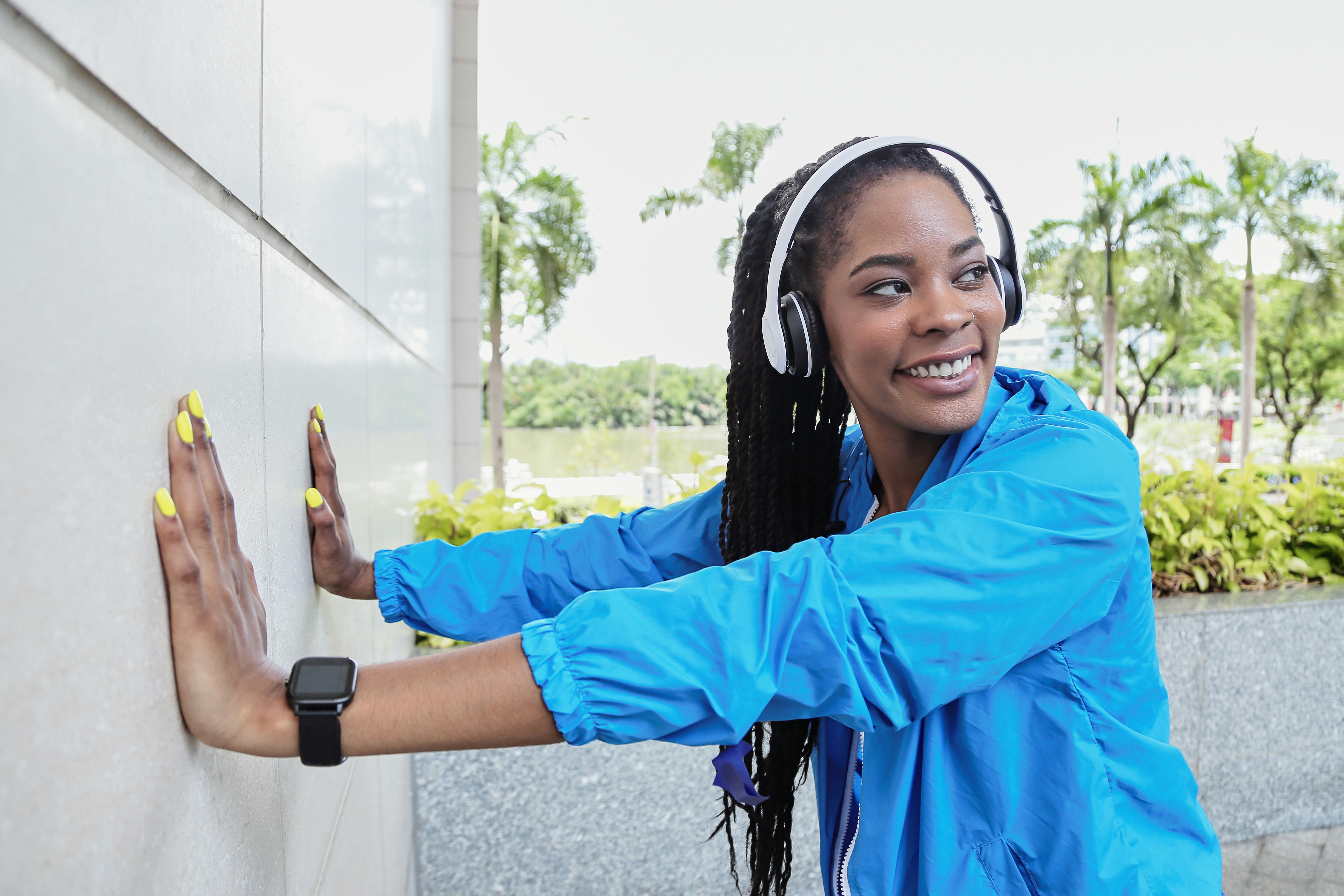
Build upper body strength using just a wall. Stand about arm's length away from a sturdy wall, feet shoulder-width apart. Place your palms flat on the wall at shoulder height and width. Keeping your body straight (like a plank), slowly bend your elbows and lower your chest towards the wall. Pause, then push back to the starting position. Control the movement throughout. Aim for 10-15 repetitions. Adjust your distance from the wall to modify difficulty (closer is easier). A safe way to engage chest, shoulders, and triceps.
10. The Corporate Climb (Calf Raises)
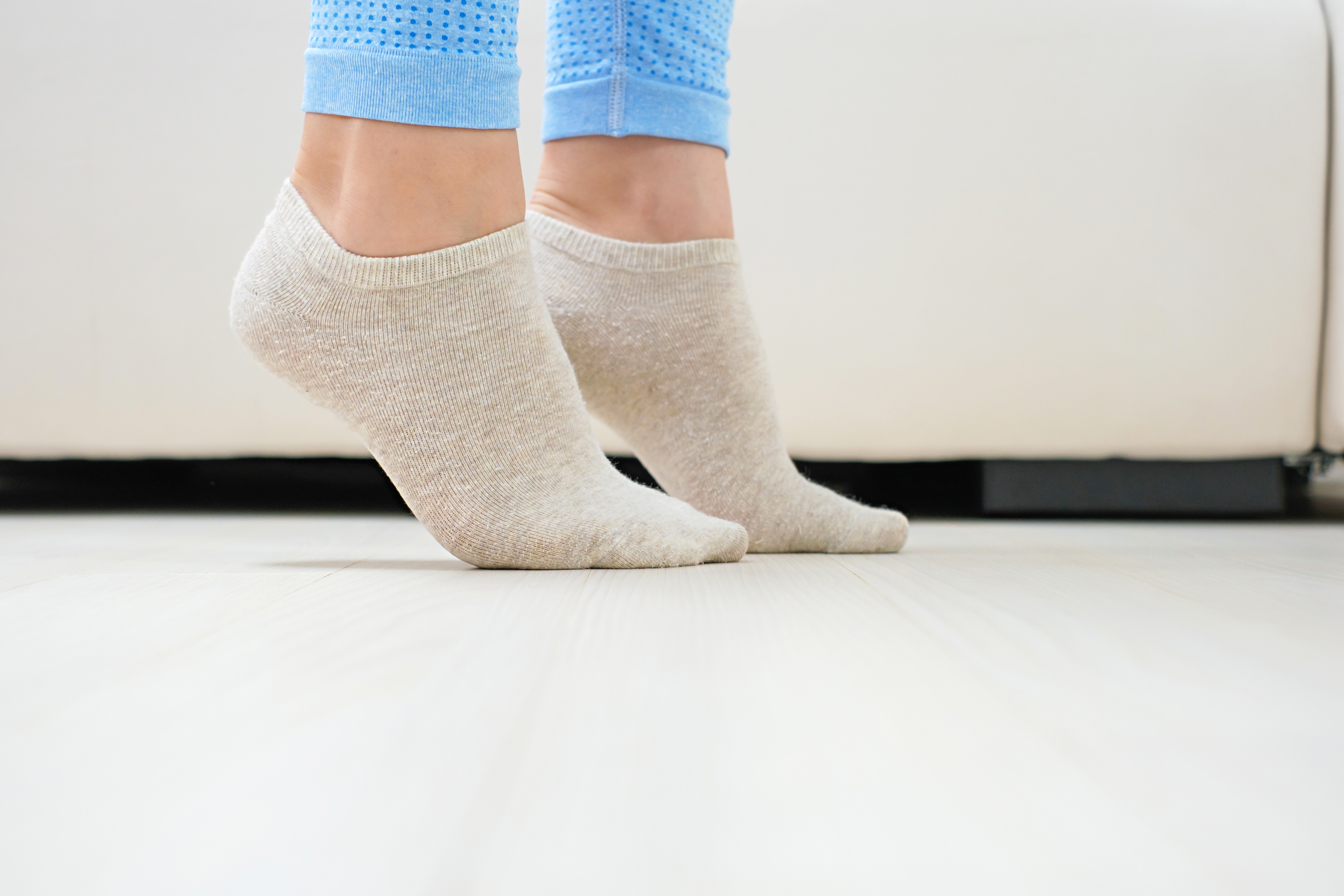
Boost circulation in your lower legs and tone your calves. Stand tall behind your chair, using it for balance if needed. Feet hip-width apart. Slowly raise up onto the balls of your feet, lifting your heels as high as comfortable. Hold the peak position for a second, feeling the calf muscle engagement. Slowly lower your heels back down. Repeat 15-20 times. Can also be done seated: simply lift your heels off the floor while keeping the balls of your feet grounded. Combats leg fatigue and swelling.
11. The Cubicle Quickstep (Seated Cardio)

Get your heart rate up slightly without leaving your seat. Sit tall. Begin marching in place, lifting your knees alternately towards your chest. Keep your core engaged. Start slowly and gradually increase the pace to a comfortable level. Aim for 1-2 minutes continuously. Alternatively, perform rapid toe taps: keeping heels on the floor, quickly tap your toes up and down. It’s a discreet way to inject some light cardio, boost circulation, improve alertness, and break up long sedentary stretches.
12. The Zen Zone Breath (Mindful Breathing)

Combat work stress instantly. Sit comfortably, feet flat, hands resting on your lap or desk. Close your eyes or soften your gaze. Inhale slowly and deeply through your nose, feeling your abdomen expand (not just your chest). Pause briefly. Exhale even more slowly and completely through your mouth or nose, feeling your abdomen contract. Focus solely on the sensation of your breath entering and leaving. Continue for 1-3 minutes. This calms the nervous system, reduces stress, and enhances focus amidst chaos.
13. The Power Posture Reset (Alignment Check)

Slouching happens. Reset your alignment instantly. Sit tall, feet flat. Gently squeeze your shoulder blades together and down your back, as if trying to hold a pencil between them. Simultaneously, perform a slight chin tuck (imagine making a double chin gently), lengthening the back of your neck. Hold this aligned posture for 5-10 seconds while breathing normally. Release and relax. Repeat 5-8 times whenever you catch yourself slouching. Reinforces good posture habits and prevents "tech neck."
Move More, Thrive More!

Integrating these 13 ingenious deskercises into your workday isn't about adding another task; it's about reclaiming your vitality. Consistency is key – aim for a few different movements every hour or set reminders. Listen to your body, start gently, and enjoy the process. By weaving these simple, specific actions into your routine, you actively combat the risks of prolonged sitting, boost your mood and energy, and cultivate a healthier, more dynamic relationship with your work environment. Embrace movement, conquer sitting disease, and thrive right where you are!
